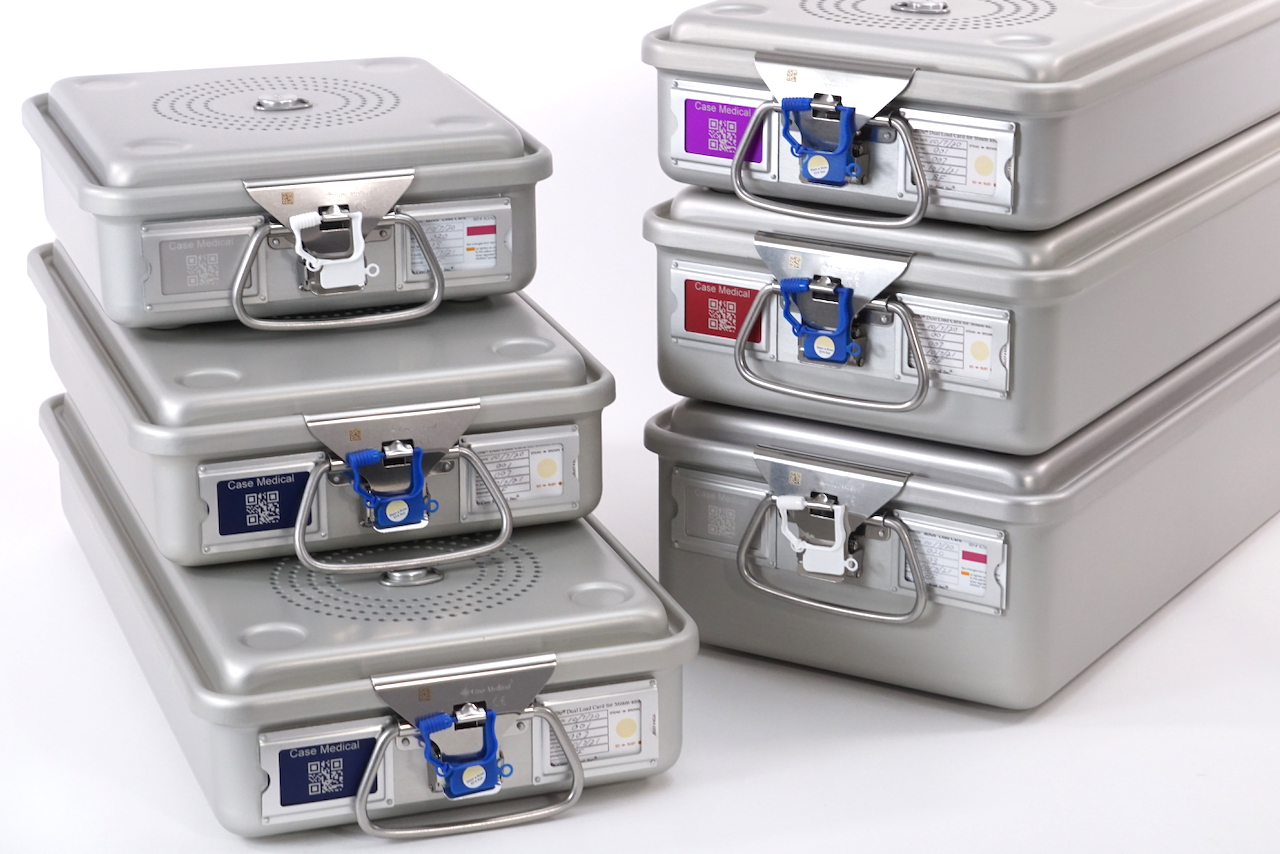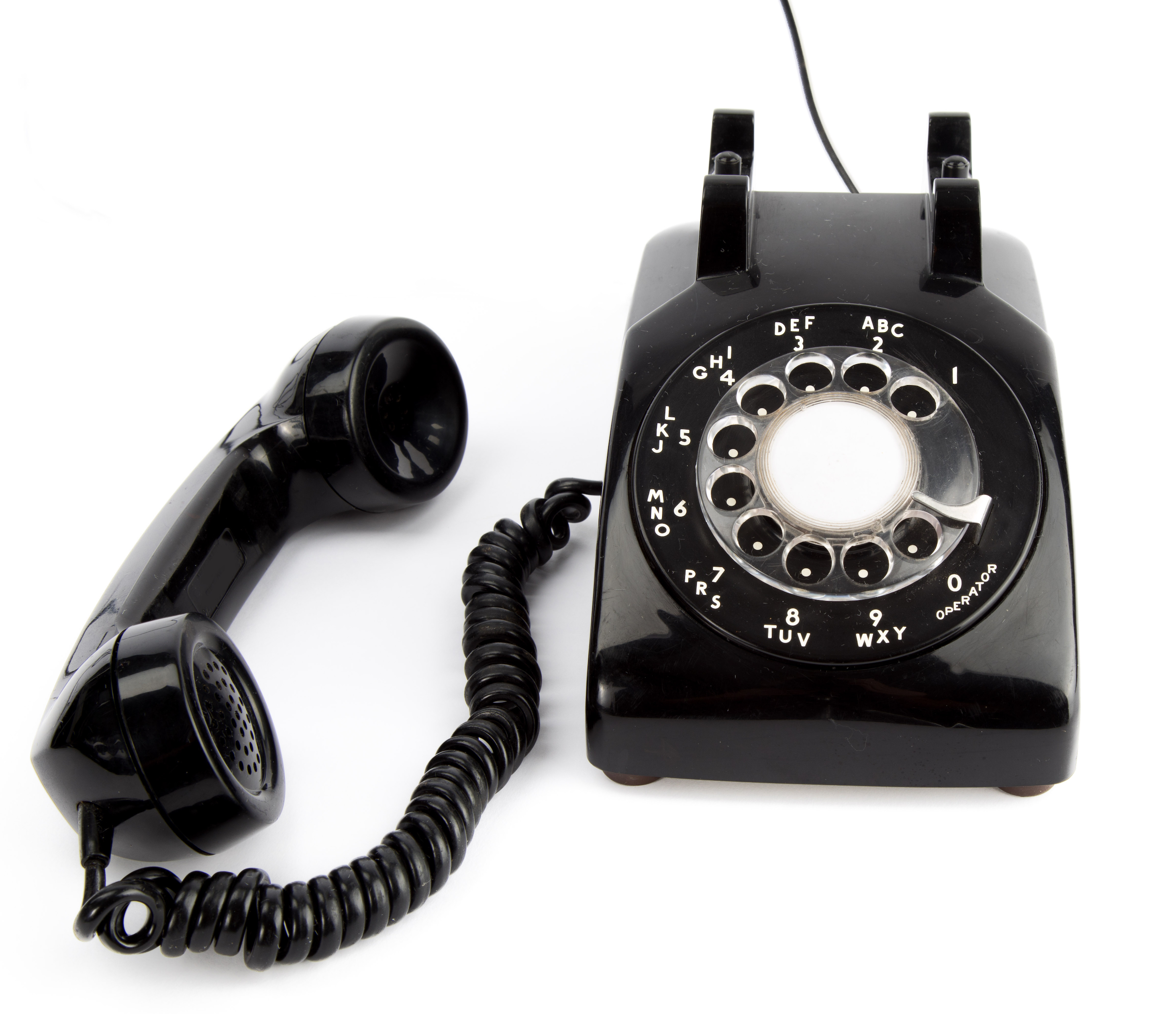
Bridging the gap
What weighs more a pound of feathers or a pound of bricks? Answer: Neither, they both weigh a pound.
Okay, here’s another, what weighs more a gallon of water or a gallon of butane?
Answer: A gallon of water. Butane is a lighter fluid.
Old jokes, but still good for a chuckle. You know we get asked much the same question about our SteriTite containers, but it’s not a joke. So here we go, let’s discuss, which weighs more, a SteriTite Container or the equivalent from another manufacturer? In fact, they may weigh the same…
Facts vs Spin
You might hear about “lightweight aluminum construction” which sounds great when you’re considering AAMI’s 25-pound weight recommendation. Or it might just be a crafty way to say, “flimsy construction”, like a tin can or a cheap car that dents when you tap it. Our SteriTite containers are built using genuine aircraft grade aluminum and yes, they are slightly thicker than the competition. FYI, we deliberately developed them this way.


Avoiding Planned Obsolescence
Last month our blog focused on planned obsolescence and how devices, like phones, are constructed to only last a limited amount of time. We discussed how the last thing we wanted to deal with was “RGA's”. In fact, we walked away from plastic when it was the “latest, greatest material” for reusable packaging. We also benchmarked our containers against the thinner material used for competitors’ containers… they dented and deformed during transport and even imploded when a strong vacuum was pulled. We initially tried it their way and then made the decision to make our container 0.003 of an inch thicker, less than a sheet of printer paper.
Do SteriTite containers weigh more?
The answer is a resounding Yes and No. There are several factors affecting the weight of a container system. First, since you can’t use a container without an inner tray or basket, what counts is the entire system weight. We do use thicker aluminum to build our container bases and lids, so ours might weigh a bit more than the same size from another manufacturer, but we believe the toughness and durability gained is worth so much more than an ounce or two. Our container was developed to contain the same contents as the competitor’s but in a lower profile actually 1.3 inches lower than the height of the other containers on the market. Less metal, less mass…less weight!


Science, the bridge between perception and reality
A stainless steel bar is 3 times as heavy as an aluminum bar. By extension, Case Medical’s aluminum baskets weigh less than the competitors. The anodized aluminum structure is not only lighter, but significantly more thermo-conductive than inserts made of stainless steel. Do you know if you’re using a container system with stainless baskets, then you’re dealing with a major weight penalty. For example, a 30-ounce stainless steel basket would weigh 10 ounces, if it were made of aluminum like Case Medical’s MediTray baskets.
Size Matters
The height of the surgical device or the instrument set adds to the weight of the container. What if you found more interior space in a container system to avoid unnecessary height and by extension extra weight? Consider the weight of your loaner trays and how a lower profile container can provide just the height you need and no more. Case Medical designs real world usable space into the SteriTite Universal container system. Case Medical’s SteriTite containers are true to size, so a 3-inch basket fits a 4-inch high SteriTite container; the competion needs 5 1/3 inches for the same load. You save weight and you gain valuable internal space allowing for better sterilizer utilization when you use a SteriTite container.

Contact us now to learn more about our sustainable products. [email protected]
Join us, January 19, 2023 at 11:00AM ET when our educational programs resume with a new topic:
"The Battle Against Planned Obsolescence in Healthcare Settings"
-Planned or programmed obsolescence refers to the deliberate shortening of a product’s useful life by the manufacturer in order to increase consumption.
-Longer lifetime for products benefits industry, consumers, companies, and contributes to the bottom-line.
-The battle against excessive use of resources and an unsustainable economic model is also a battle against climate change.
Visit us at www.casemed.com to learn more about our products and how they can help your facility lighten its impact on the environment for the good of us all.
Marcia Frieze and the Case Medical team





